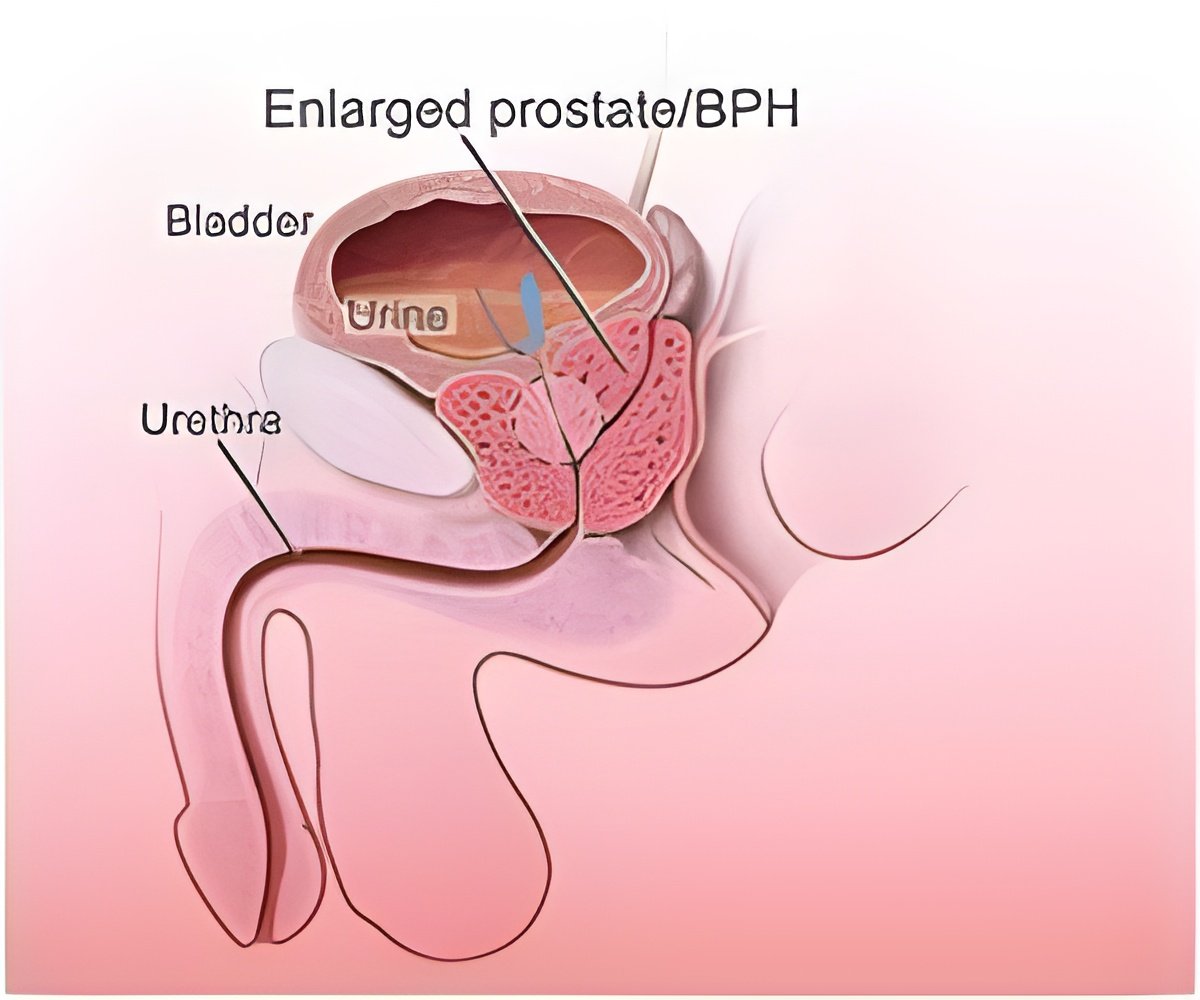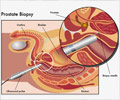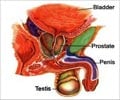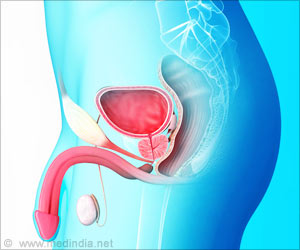
The guidelines have been endorsed by the Endocrine Society of Australia, the Australian and New Zealand Bone and Mineral Society, and the Urological Society of Australia and New Zealand.
ADT is the standard first-line therapy for men with metastatic prostate cancer – cancer that is spreading to other organs – but is increasingly being used for men with non-metastatic cancer.
Dr Mathis Grossmann, Senior Research Fellow in the Department of Medicine at Austin Health/Northern Health at the University of Melbourne, and co-authors recommended counselling patients about possible risk factors before starting treatment, an individualised, multidisciplinary approach for each patient, and regular testing for bone mineral density and metabolic risk factors.
Dr Grossmann said that prostate cancer was the most common solid organ cancer in Australian men, with 20,000 new cases being diagnosed in Australia each year.
“The prevalence of prostate cancer is increasing because the population is ageing and prostate-specific antigen testing is occurring more frequently,” Dr Grossmann said.
Advertisement
At the same time, the rate of use of ADT in men with non-metastatic prostate cancer has increased, with an estimated 23,500 men being treated in Australia during 2008-09.
Advertisement
The developers of the guidelines called for controlled trials to better define the risk-benefit ratio of ADT.
“Such information will help to avoid overuse of ADT, especially for men who have a high baseline risk of fractures and cardiovascular events but low-risk prostate cancer,” they said.
The Medical Journal of Australia is a publication of the Australian Medical Association.
Source-MJA









